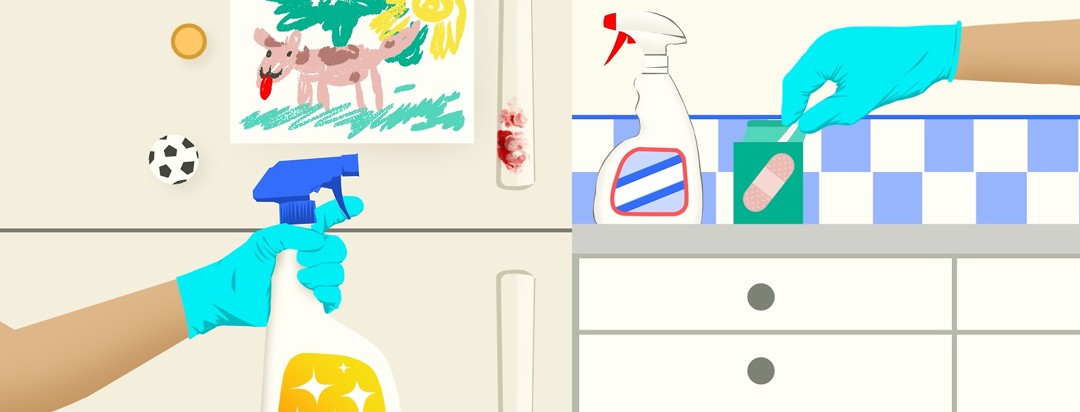The Rising Number of Children with Hepatitis C
With the recent rise of opioid drug addiction, we are seeing a rising number of children being diagnosed with hep C. My foundation is getting calls, emails, and private messages with families who are reaching out for answers. In my experience, these families are primarily ones who have adopted a child and this child has been diagnosed with hep C. Very concerned, confused, and searching for anything to gain knowledge about hep C, these families are contacting us for insight and direction.
Many families have questions
We, however, are not doctors and always instruct these families to reach out to a medical professional for more clinical and medical direction concerning their child. We do give them the basics of how hep C is transmitted and ways they can protect their family for possible infection. With children, we know that they are more physically active and more cuts, scraps, and such happen. These accidents happen at home, on the playground, at friends’ home - you name it. We are not going to be able to put plastic bubble wrap around them all day to protect them. What we can do is learn how hep C is transmitted - Hep C is strictly a blood-to-blood contracted disease.
Preventing hep C transmission
Transmission can be through open wounds and an open sore of another person. For example, person A is running and falls, and cuts open his knee and blood is present. Person B comes up and uses his hand to clean off the knee and has their own fresh cut/wound that the contaminated blood comes in contact with. It is important to know that contact with contaminated blood must be handled with care; Caution and preparation will be needed. It is OK to hug and comfort a child who is hurting and bleeding, just be safe in handling of the blood. Wear gloves, if necessary, or be sure no open wound can be possibly infected if tainted blood comes in contact with. Remember, hep C can live on surfaces for several days.
Cleaning up blood on counters, floors should be done with a bleach agent. This gives a better assurance to killing the virus on surfaces. Carry an emergency supply kit with you with bandages and sterile wipes; This will help in cases you are not at home.
Awareness is key
Preparation and awareness of how hep C is transmitted are the best ways to prevent possible contaminations. Do not think you can’t cuddle your child because he/she has hep C; This question came up in one of my conversations with a parent who contacted my foundation. It is only blood you need to concern yourself with; The child's tears, saliva, sweat, and kisses do not affect the health of others.
Knowledge and awareness are key... The more people who understand the exact way hep C is transmitted and how, the better we (as a society) can come together and bring awareness

Join the conversation